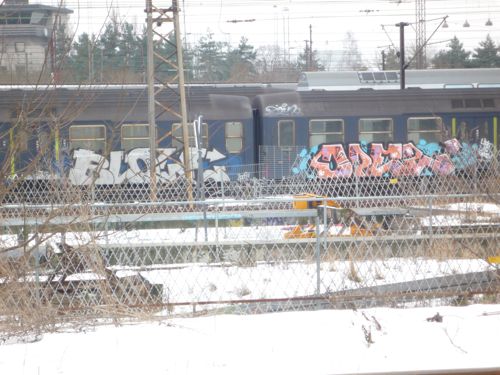
Merry Karnowsky Gallery is proud to present Victor Castillo:
Strange Fruit and Miss Van: She-Wolves. The two Barcelona-
based artists unfold their unique personal perspectives on
subjects like seduction, temptation, innocence, desire, and
cruelty.
A moral allegorist, Chilean artist Victor Castillo pairs classical
painting with cartoon-like characters. He paints children in
dark secret gardens, where they innocently reenact violent
media images with brutality and indifference.
Most of the characters in Castillo’s paintings have phallic, hot-dog shaped noses,
humorously suggesting Pinocchio. He also makes reference to contemporary culture,
human error and vices, politics, and the loss of values in the increasing consumption of
modern life, which he sees as an insatiable desire that blinds us.
Castillo’s work has shown in Spain, Chile, Cuba, Argentina, Brazil, Japan, Germany, the
United States, Canada, Belgium and Taiwan, and has been featured in Juxtapoz and Hi-
Fructose magazines.
French artist Miss Van has become one of the best-known
female painters from the graffiti scene, gaining worldwide
acclaim for her work. In She-Wolves, the ultra-feminine
“poupées” (dolls) wear animal heads as they reflect on their
dark, predatory natures.
Always seductive and mysterious, Miss Van’s characters reside
in a mystical world of quiet introspection, as they get in touch
with their feminine power and the dangerous animal within.
While Castillo’s work challenges the viewer with the consequences of allowing our weak
human nature take control, Miss Van’s work asks a different question: What happens if we
surrender to our animal nature?
Miss Van’s work has shown in the United States, France, England, Austria, Italy, Spain, the
Netherlands, Switzerland, Belgium, Germany and Australia, and has been featured in Juxtapoz and Swindle magazines.












